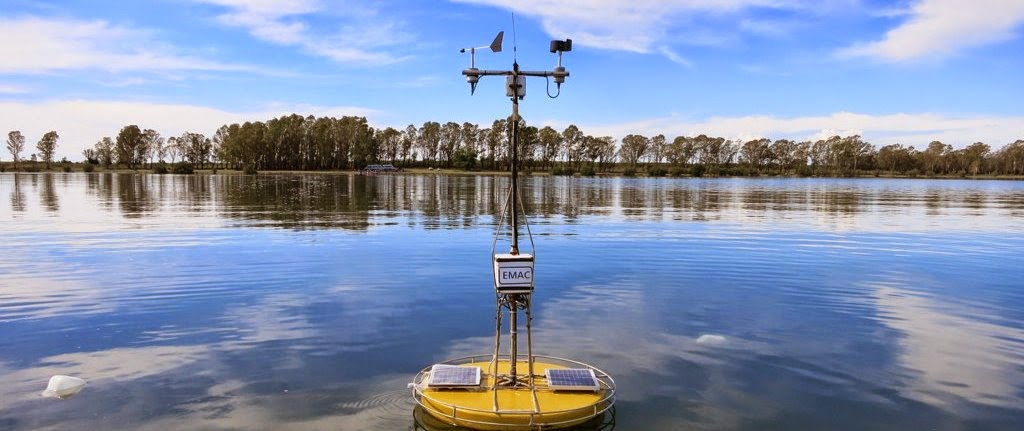Hypothesis
Within freshwater systems and adjacent watersheds, predicted changes in the global and regional climate will produce an alteration of the hydrological cycle, which can be estimated from the freshwater discharge and waterborne deliverables, i.e., sediment, nutrients, heavy metals.
Objectives
- To employ freshwater ecosystems as “sentinels” or “sensors” of climate variability and watershed processes and investigate their interaction with other multiple stressors to assess risks to ecosystem services in the Americas.
- To determine management and mitigation strategies which are both technically and economically feasible as well as culturally acceptable.
- Integration of the stakeholders and decision makers into the learning arena with the natural and socioeconomic researchers.
SAFER Outcomes
- delineation of freshwater ecosystem service risks
- determination of management and mitigation strategies
- training of the next generation of scientists in terms of international, interdisciplinary research with policy-relevant outcomes.
SAFER – GLEON Interaction
- Integrated Network Strategy
- Graduate Student Exchange
- Graduate Student Education and Training
- Integration with GLEON Data QA/QC Strategies
- Use of GLEON Data and Metadata Sharing Policies
Interaction with other projects
- NETLAKE (an EU SAFER equivalent)
- PAMPA2 (CONICET NETWORK project)
- GloboLakes (UK NERC project)
- COMET-LA (EU Project based on Argentina, Colombia and Mexico)
SAFER – PAMPA2 Interaction
- Network of 13 shallow lakes
- 5/6 lakes have buoys since 2011
- High/middle/low frequency monitoring
- …
Strategies
- To establish the regional distribution of ecosystem services associated to continental waters;
- To estimate how climate variability will affect lakes and their watersheds in different climate regions with varying geomorphologic characteristics using both neo- and paleo-limnological techniques
- To define the proxies that can be employed to measure the ecosystem services of the lakes and their watersheds
- To fill gaps in knowledge and methods in order to enable implementation of a harmonized ecosystem-based methodology and database system approach for American lakes and watersheds
- To enable assessments of climate change effects on water quality and quantity as well as sanitation conditions for underprivileged communities as a means to reduce poverty
Framework
- Climate and Eco-Hydrology Assessment,
- Socioeconomics
- Cultural and Behavioral Feedback
- SAFER Informatics
Management
- IEC meetings
- Every two weeks by Skype
- Twice annually (GLEON + institution)
- Advisory Committees
- Science Advisory Committee (ScAC)
- Lake ecology, hydrology, environmental economics, etc. (start project + annually)
- Stakeholder Advisory Committee (StAC)
- Gov. + NGOs Related with SAFER locations (annually)
- Science Advisory Committee (ScAC)
Team
- Climate & Eco-Hydrology (CEH)
- Common research CC regional impact
- Observational and modelling approaches
- Socioeconomics (SE)
- Evaluation of services risk & trade offs
- Cultural & Behavioral (CB)
- Collaboration with StAC
- Evaluation of SH view of the systems
- Freshwater Informatics (FI)
- Data and metadata standards
- Common platforms and workflows
- Paleolimnology (PL)
- Analyze lake evolution in relation to climate and human occupation
Capacity Building
- Graduate Education
- Fellowships, travel, research expenses
- Priority LA students
- Training
- Student and Postdoc projects 2+ research group collaboration
- Focous on interdisciplinary science (IGERT)
- SH Outreach
- Courses + conferences for SH and DM
